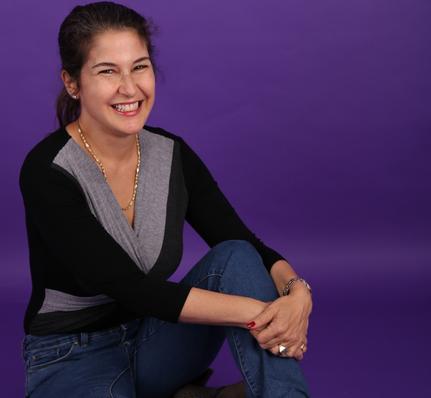The Financial Independence Movement: Right For You?

What is Financial Independence?
A new movement is sweeping the nation -and for once, it’s not about clothes or the latest YouTube celebrity. This is the Financial Independence movement – or FI – and it’s something every Singlish Woman and Career Girl should look at.
According to the Mad Fientist, financial independence is ‘having enough income from your assets to cover your essential expenses so that you can survive without ever having to work again.’ Note that it doesn’t mean that you never work again – you might work, if you want enough income to do more than just survive, or if the work really interests you. The freedom comes from knowing that you don’t have to work -so you can take a job that you love, or start your own business adventure, and still know that the bills will be paid.
Generate enough income from your assets so you never have to work again!
Like the Mad Fientist, Mr Money Mustache, (AKA Peter Adeney) uses blogs and podcasts to advance the cause. He retired in his early thirties – some 10 years ago – after a short and not very enjoyable career as a software programmer. His job paid well, but not astronomically. Mostly he just wanted to get off the hamster wheel. Now he, his wife and their children have the time to explore and enjoy life. They live frugally (biking more than driving, for example) but not ridiculously so. Mr. Money Mustache has even become something of a cult icon in the FI world.
What is the basis of Financial Independence?
Also known as ‘Financial Independence Retire Early’ , or FIRE, the movement started in the 1990s and grew as various financial crashes and recessions made money tighter.
At its most basic, Financial Independence comes down to this: most people spend more than they really must. They spend in response to external expectations, not actual needs. For example, in the US, the national ‘norm’ is that everyone owns a house. Not just any house, mind you: a big house, with a big yard, big garage and at least 2 big new cars. But what does that really get you? From the FI perspective, it gets you big bills, big worries, and a financial burden that doesn’t make your life any better. Let go of society’s expectations and focus on maximizing your happiness as you define it. You will improve your life, and you can save enough to get the FI ball rolling.

Step 1: Stop Paying without a Happiness Payoff
Financial Independence devotees go one step further. They eliminate anything that doesn’t actively make them truly happy. They will even move closer to work so they don’t need a car. Walking, biking, and public transport have secondary benefits in fitness and socialization, increasing their personal happiness. If they do have a car, it’s used, not showy, and they drive it as rarely as possible.
Similarly, you won’t find them carrying the latest iPhone; a no-name Android works just as well and costs far less. They live in smaller homes (even tiny ones) and may rent, rather than own, their homes. They give up the daily Starbucks, the maximum cable package, and Alexa. Instead they pay for what is essential and what makes them genuinely happy. The rest goes in the bank. While still working towards their financial independence goal, that can be as much as 50% of their salary, even if their salary is $50,000.
Step 2: Make your Money Work
The next step is making your money work for you. Savings accounts are fine, but money in a savings account is like a boyfriend on the couch: you might feel good with it there, but what is it really doing to improve your life? Investing doesn’t have to be fancy. A simple index fund can do it. Work with a financial advisor to find something you understand and that fits your needs. A common guideline seems to be accumulating somewhere around 25X what you need to spend annually. That’s genuinely need to spend. The lower you can make this amount, the easier it is to reach. Take that money, put it into an investment that will pay you somewhere around 4% annually, and you are set for life.

Step 3: Live your FI Life
Stick with the FI program and in a surprisingly short time you will be ready to retire. A couple from Canada moved to the US and became financially independent at age 30. Another man saw burnout coming and determined to break free. He retired at 38. These people took their freedom seriously. They traveled, learned new skills, and spent time with children, aging parents, and friends. While some of them continue to work, the work is completely different. Instead of being on the hamster wheel, they do what they like. Any extra money they earn is chocolate sauce: it comes on top and makes everything better!
Getting started
Yes, all of this takes discipline, and a major attitude change. That’s not always easy, so FIRE advocates support each other with blogs, podcasts and even Meetups. There are a host of books available too – from Smart Women Finish Rich to Playing With FIRE (co-authored by Mr. Money Mustache). I particularly like Vicki Robin’s Your Money or Your Life.
The best news about Financial Independence is that you can start at any age and see a benefit. I’m starting now. I’m not a big spender, but the challenge of saving enough to stop working sooner while still having fun is exciting. Who knows, I could be retired before long!
The Financial Independence Payoff
What do you get for it all? Freedom to spend your time and energy on whatever makes you genuinely happy. Can you think of a better career goal?




